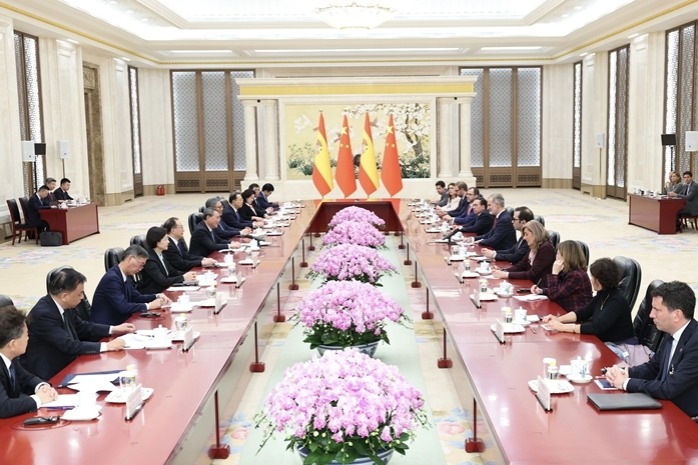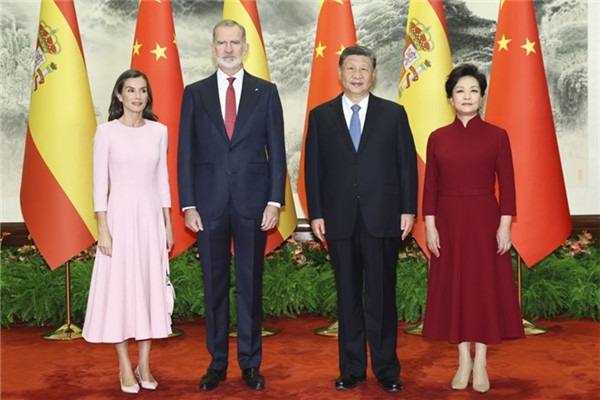Chinese scientists develop new treatment for tendon-bone injuries

SHANGHAI -- A Chinese research team has developed a multicellular scaffold based on inorganic bioceramics for treating tendon-to-bone injuries.
Restriction of motor activity due to loss of natural structure is a major cause of decreased life quality in patients suffering from tendon-to-bone injuries.
To solve this problem, the research team, led by the Shanghai Institute of Ceramics of the Chinese Academy of Sciences, combined manganese silicate nanoparticles with tendon/bone-related cells to construct an immunomodulatory multicellular scaffold to achieve integrated tendon-to-bone regeneration.
The scaffold not only demonstrated diverse biological activities in vitro, but also achieved immune regulation, multi-tissue integration regeneration and motor function recovery in a variety of animal models of rotator cuff injury.
The study provides a new concept for achieving immunomodulation and integrated regeneration of tendon-bone and other tissue interfaces, said Wu Chengtie with the SIC, who led the research.
The study was recently published in the journal Science Advances.
- World University Presidents Forum in Hangzhou discusses AI in education
- Police offer bounty for clues about 2 Taiwan online influencers
- China tackles 'Darwin's Dead Sea' of innovations with new pilot platform push
- Chinese researchers solve mystery of seismic activities at eastern Himalayas
- Gathering clues on separatist acts legitimate, necessary: mainland spokesman
- Chinese researchers develop high-efficiency perovskite solar cell with enhanced stability







































